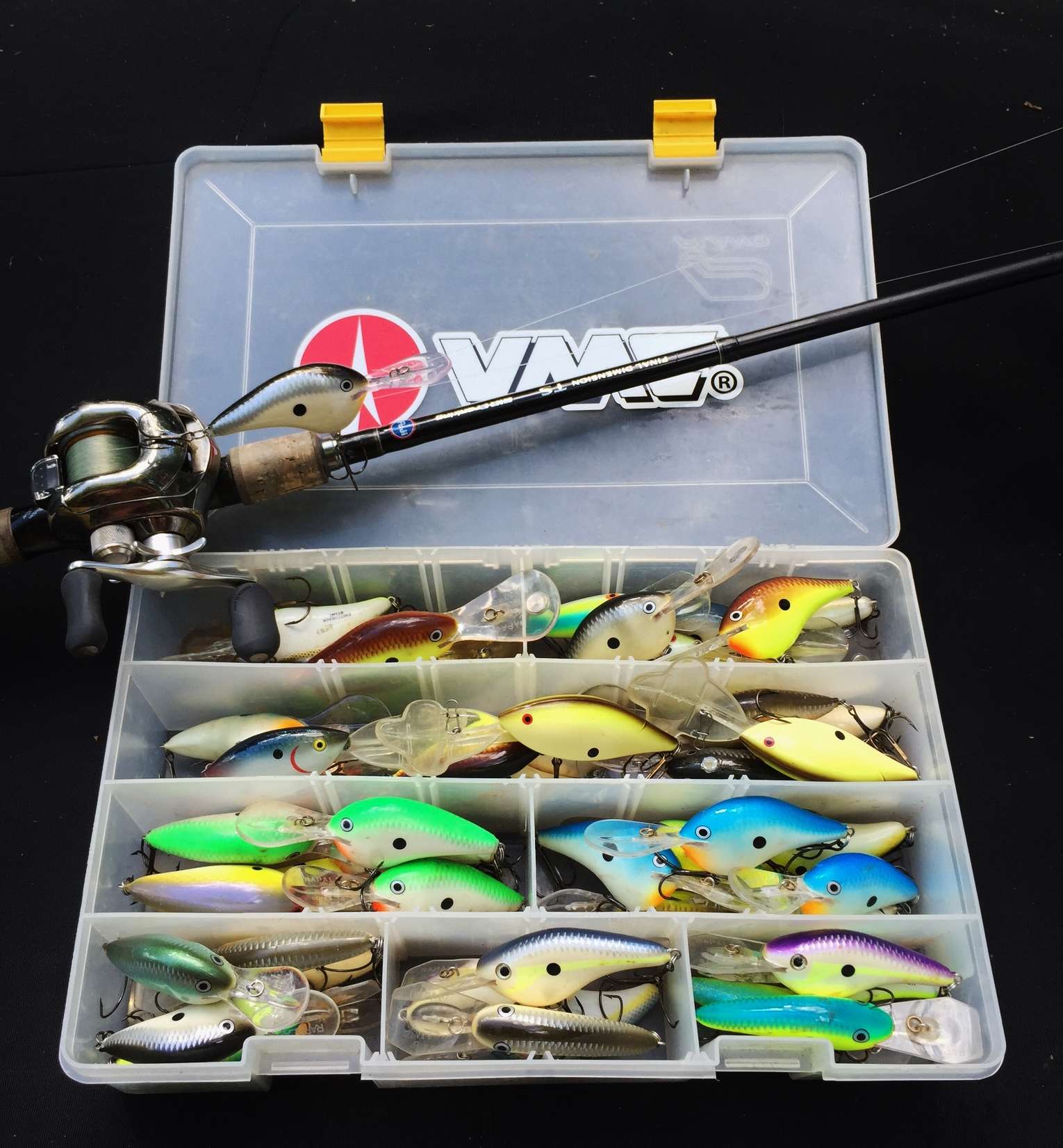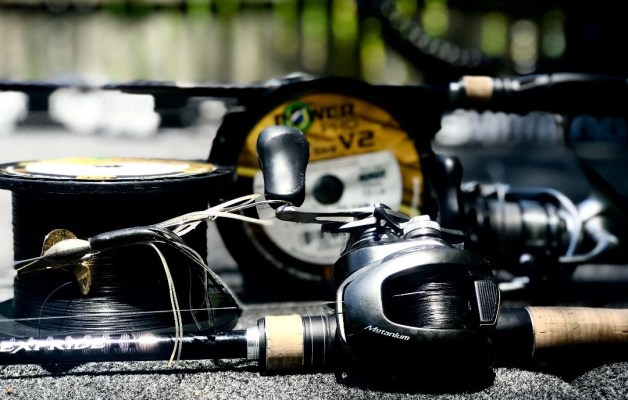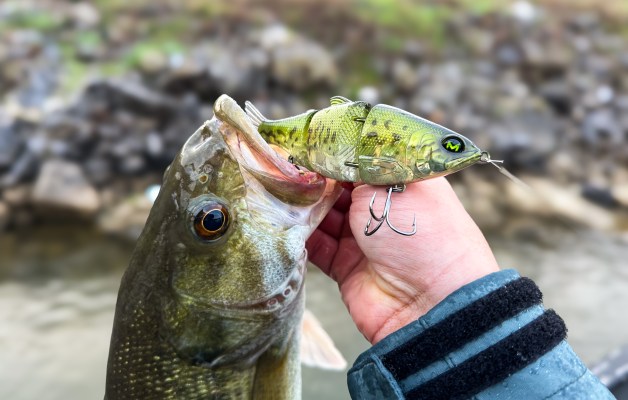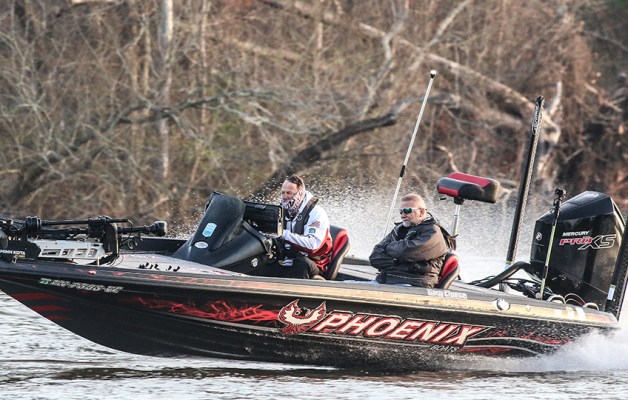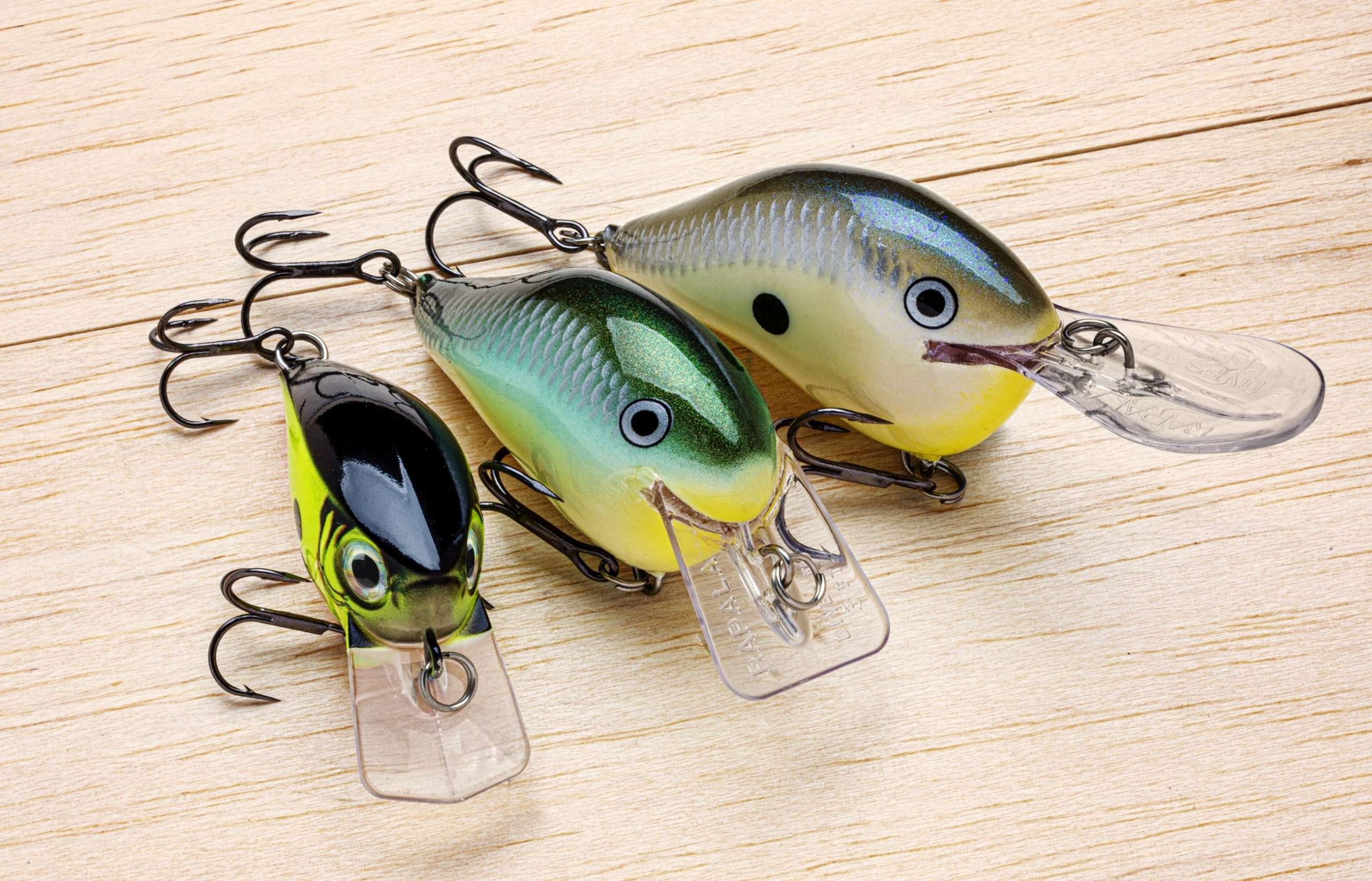
I’m sure most of you reading this use crankbaits, probably with regularity … and for good reason. They’re great lures for finding and catching bass.
Not only do they probe nearly every depth of the water column, they cover it laterally as well. Crankbaits are, in many cases, the ultimate search tool.
Whether it’s a surface-running wake bait or a dredging deep diver, the effectiveness of cranking lures is undeniable. The only thing in question is which is best for a given situation. Determining that can sometimes be a challenge.
Crankbaits come in all sizes, shapes and colors … even materials. Some are made of balsa, others with plastic. Still others combine the two. But rather than delve into all the variations and subgroups, I’d like to focus on what makes them dive.
Squarebills
One of the most popular types of crankbait is the squarebill.
Most squarebills have full, bulbous-like bodies that are highly buoyant. This makes them swim aggressively from side to side while displacing massive amounts of water. That, in turn, enables them to travel efficiently through cover.
Certain squarebills will also “hunt” as they move through the water, and that meandering, irregular tracking is often a good thing. Some are designed to do so right out of the package, others require some modification. But while the hunting aspects of a squarebill can be desirable, it’s not a requirement in every situation.
Any well-designed squarebill will have plenty of built-in action. More important is how they come through cover — how they deflect and recover as they encounter subsurface objects like rock and wood. That’s what makes them so deadly.
Models like the Original Bagley Balsa B, Rapala Brat and DT Fat-3 are perfect for this.
I throw them in off-colored to heavily-stained water, over and through flooded brush, laydowns, submerged stumps, riprap … even lily pads. All of these cover forms make ideal targets for the action of a squarebill crankbait.
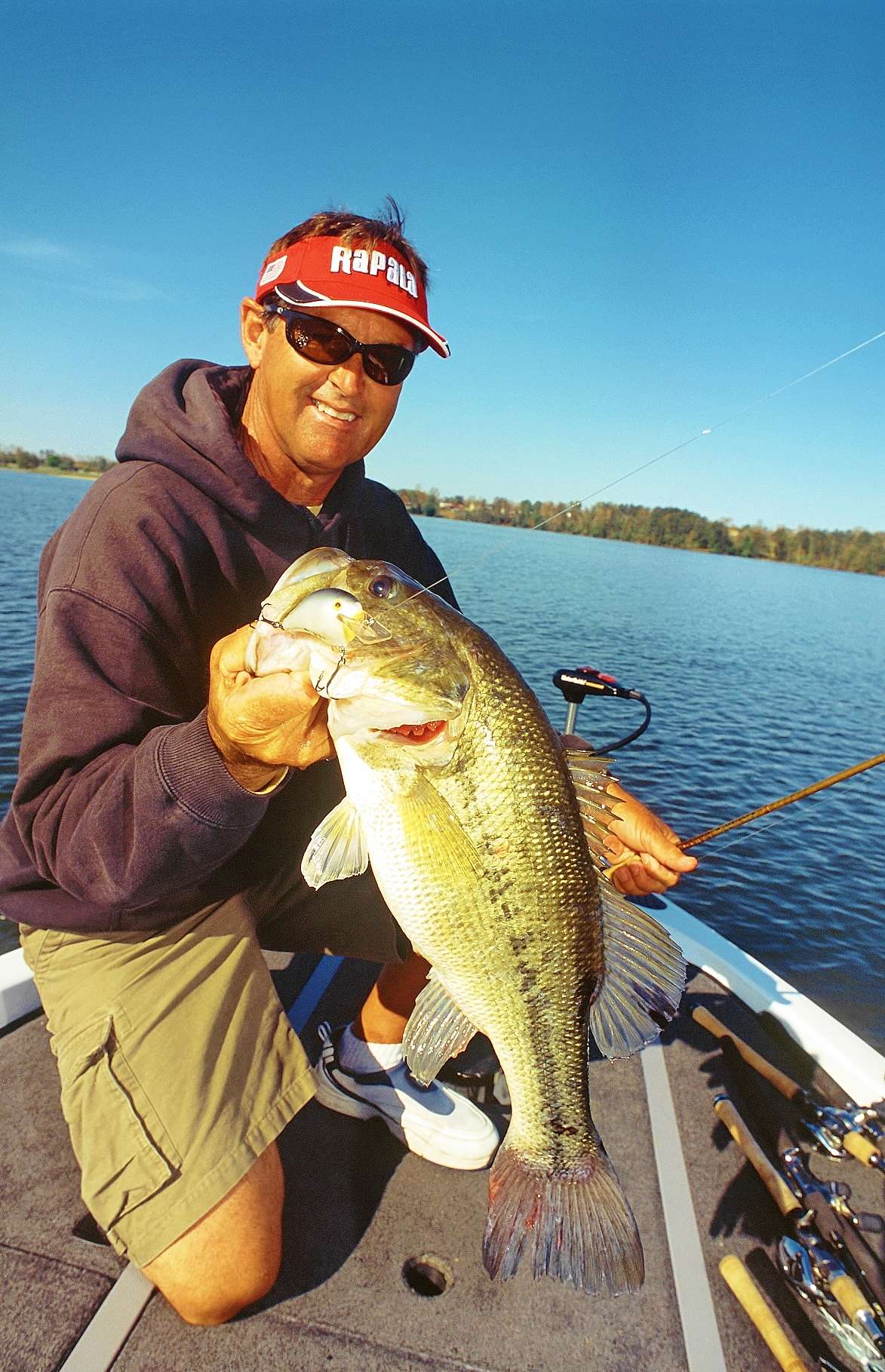
It’s all about making contact with the cover and doing it with some speed and aggression. If executed correctly, they are amazingly snag-resistant. And the strikes are usually vicious.
Round bills
If it’s more about depth and less about cover, then a round bill is the better choice. They have the ability to achieve max running depth more quickly and efficiently, and some can dive to depths greater than 20 feet on a long cast.
Better designed round-bill crankbaits will run true right out of the package. Those with narrow, elongated bills — like the Rapala Shad Rap — will swim with a tight, side-to-side action. Broader round bills will run with a much wider gait. Determining which is best for a given situation depends on several key factors, like water clarity, temperature, mood of the fish, etc.
I prefer the tighter action of the Shad Rap when I’m fishing in clear water with sparse cover — especially at shallow to mid-range depths — on heavily pressured lakes. But if I’m dealing with slightly off-colored water or I’m trying to get deep, I’ll choose a standard broad-bill crankbait, such as a DT 6, 10, 14, 16 or 20. These get down quickly and maintain their max running depths throughout most of the retrieve. That’s important when you’re dredging bottom or banging into any hard features related to it.
Final answer
When choosing a crankbait, a good rule of thumb is to pick one that runs slightly deeper than the water you intend to fish. That way you’ll be certain the lure remains in steady contact with the bottom, grinding into and deflecting off any objects it encounters.
And remember: No matter the size, shape or material your crankbait is made from, it’s all about making contact.
Follow Bernie Schultz on Facebook or through his website.
